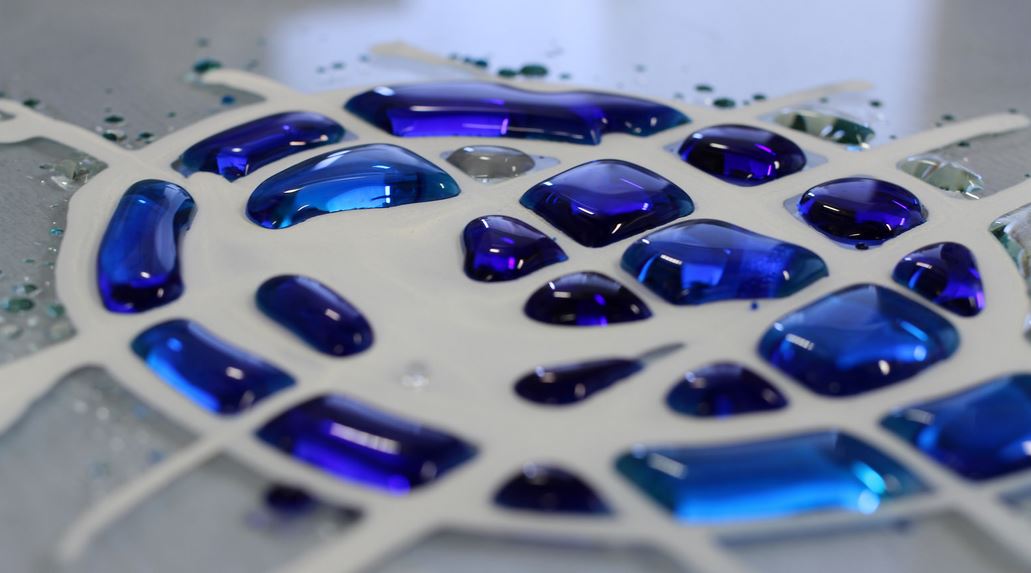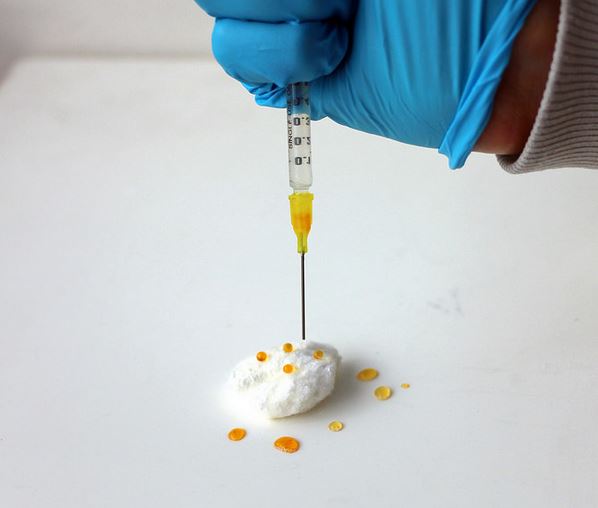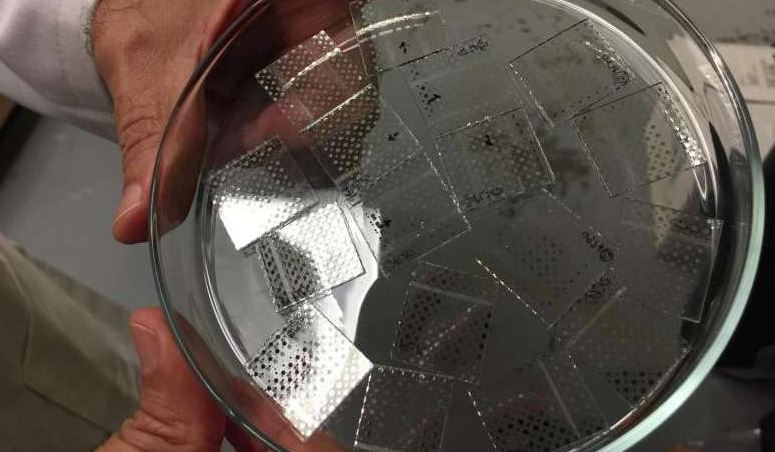High Storage Capacitors That Rival Batteries

The race to build a better battery has been ongoing for decades. The advent of high functioning mobile phones and portable computers that require more power to perform their functions for any prolonged period of time has added a whole new level of intensity to the search for a battery with a longer charge life.
Researchers from the Georgia Institute of Technology may have reached a breakthrough in the development of energy storage devices. Contrary to what you might assume, the new device is not a better battery. Rather, it is a new capacitor dielectric material. The material is composed of a thin, hybrid silica so-gel film and self-assembled monolayers of octylphosphonic acid. The result is a capacitor with an electrical storage density that rivals some batteries.
Batteries and capacitors work differently, and are usually used in tandem. Basically, batteries are energy sources that release energy into a device at a relatively constant rate. Capacitors, on the other hand, are passive devices that capture energy from a circuit, then release it. Capacitors can provide fast charge and discharge response, high energy storage, and power conditioning, but are generally not used for energy storage for any significant length of time.
The silica so-gel material contains polar groups which are linked to the silicon atoms and the self-assembled monolayer of octylphosphonic acid on the nanoscale. The structure of the layers blocks the injection of electrons into the sol-gel material, thereby preventing excess current leakage. This allows for high breakdown strength and high energy extraction efficiency. The performance of the new dielectric material exceeds that of conventional electrolytic capacitors and thin-film lithium ion batteries.
Professor Joseph Perry, one of the leaders of the research team, states that, although researches have been aware of these materials for some time, it is the first time he has seen them used together. He states it is also the first time he has witnessed a capacitor outperform a battery with respect to energy density. Said Perry, “The combination of high energy density and high power density is uncommon in the capacitor world.”
The researchers will now see if they can replicate their work on a larger scale that works outside the laboratory and can be mass produced. If the researchers are successful, then the technology promises to have significant commercial use for products requiring more energy, such as electric cars, medical devices such as defibrillators, and smartphones.
The research has been funded by the Office of Naval Research and the Air Force Office of Scientific Research. It was initially reported on July 14th, 2015 in the journal Advanced Energy Materials.


